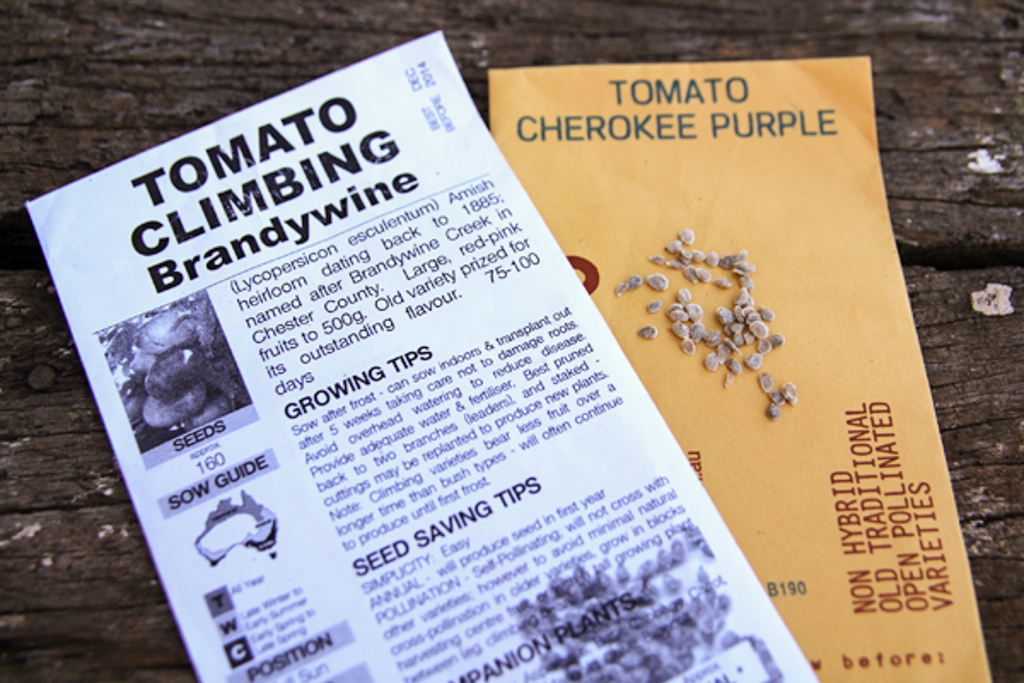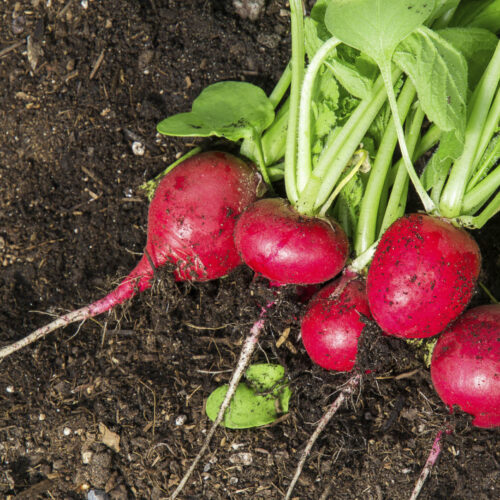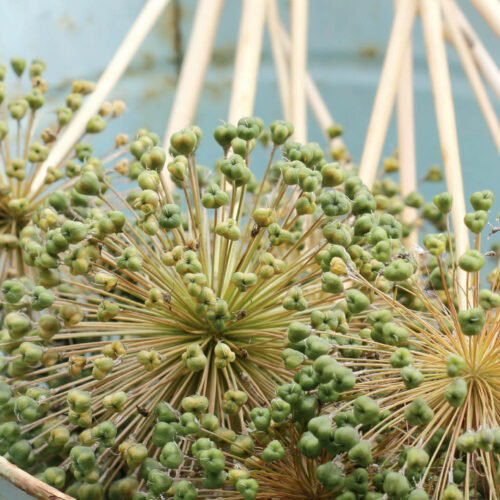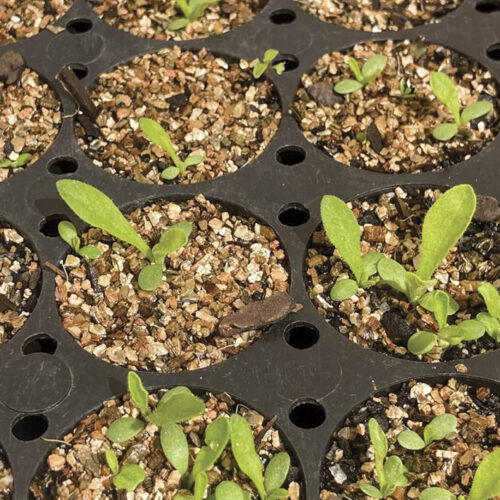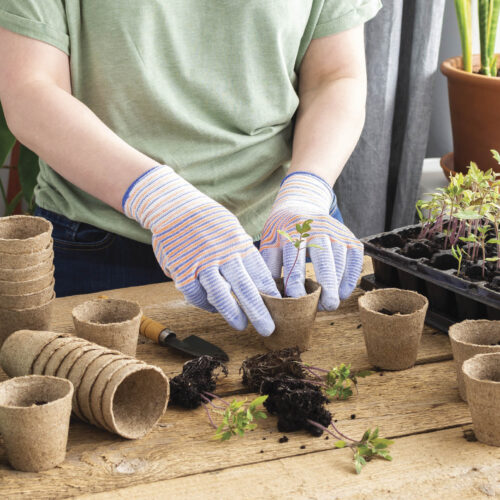Spring seed sowing 101
2016-08-26T02:00:00+10:00
Confused about which seed to sow where? Not sure which potting mix to use? JUSTIN RUSSELL has you covered.
Spring waits for no-one, and though the calendar says it’s still August, and therefore, officially still winter, the garden tells me otherwise. Dormant perennials are thrusting skyward, roses have started blooming, and blobs of colour in the form of spring blossom punctuate the garden. The garden is getting a wriggle on, and it’s time I did too.
My spring seed order arrived the other day, and I’ve been busy over the last week, sowing. Some seeds were sown straight into prepared soil in the vegie patch, others are being sown into punnets, where they’ll germinate and grow on before being transplanted into the garden at a later date.
But how do you know which seed to sow where? My seed-planting code goes something like this:
- The bigger the seed, the better suited it is to being planted directly into the garden. Examples include beans, peas and pumpkins.
- The smaller the seed, the better suited it is to being sown into punnets. Examples include brassicas such as kale, lettuce, basil and celery.
- However, some tiny seed germinates so easily that it can be sown either direct or into punnets. If a wet spell is forecast, try sowing direct. Small seeds need to be barely covered by soil to germinate well. Examples include rocket, watercress, onions and tomatoes.
- Root vegies such as beetroot, carrot and parsnip are a special case in point. Because of their long taproots, they resent being transplanted, and perform best when sown direct.
If you’re still in doubt, consult the seed packet. Quality seed suppliers generally provide planting details, with suggestions for when to sow and how. If this fails and you’re still unsure, google it.
A quick note about potting mix – when you’re sowing into punnets, always use a decent-quality mix designed specifically for seed sowing. This is often labelled ‘seed raising mix’ or ‘propagating mix’, and it has a couple of important differences to standard potting mix. It’s of a finer grade with most of the coarse particles sieved out, and it doesn’t contain any additives such as fertiliser or a wetting agent. The aim with any seed-raising mix is that it should not get too wet or too dry, and be dense enough to make good contact with the seed and facilitate excellent germination.
If you can’t find a decent seed-raising mix at your local nursery, try making your own. Various recipes are around, but most contain finely sieved compost along with extras such as sand, coir or worm castings. A good basic recipe is two parts compost to two parts coir (coconut fibre) and one part sand. I prefer not to add fertiliser or castings. All the nutrients a plant needs to germinate are in the seed, and added nutrients aren’t required until the plant develops its second set of leaves. At this point, some half-strength liquid fish or worm juice will work wonders.
Happy seed sowing, and best wishes for a super-productive spring!

